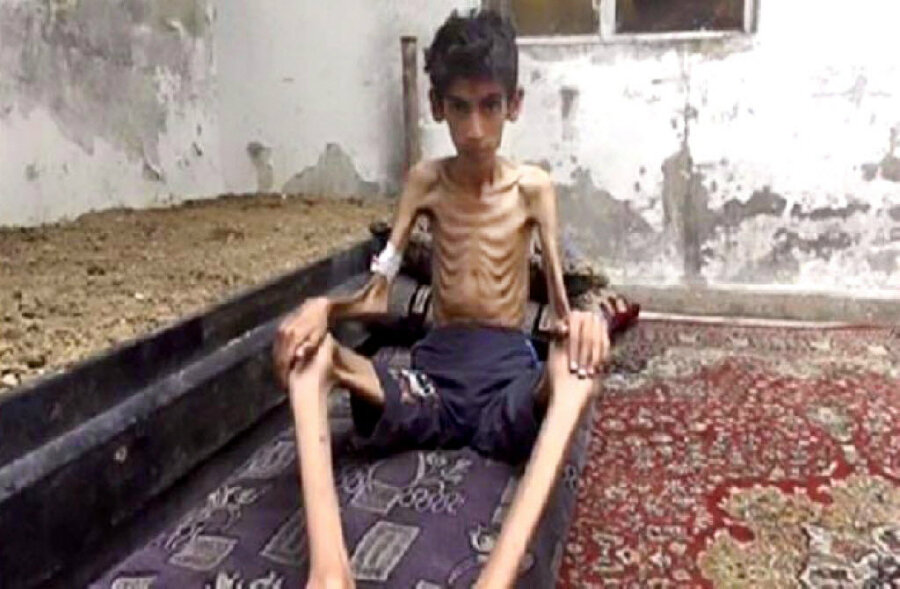Syria to allow aid to starving residents after release of graphic images
Loading...
Disturbing images of emaciated people, including children, may have been a factor for the Syrian government’s decision Thursday to allow food and medicine into a portion of rebel-controlled territory, as the country’s civil war stretches into its fifth year.
Tens of thousands of people in the Syrian city of Madaya have been largely cut off from food and medicine for close to six months, according to the Syrian Observatory for Human Rights (SOHR), a British-affiliated group that, along with several other international human rights organizations, issued an urgent plea for action this week.
At least 41,000 people including 20,000 civilians have been trapped in the city, which has been surrounded by pro-government forces, barbed wire, and land mines, SOHR said.
About 300 children and more than 1,000 adults have been suffering severe malnutrition and medical issues, while 17 deaths have been documented as a result of those conditions in recent weeks including some women and children, the organization reported.
Images and videos of gaunt and tattered survivors have been widely shared on social media sites. Some mothers have reported feeding their children only salt and water, while other residents have described eating cat meat for subsistence.
The blockade has caused the cost of foods like wheat, rice and baby formula to skyrocket, aid groups said.
On Thursday, forces loyal to Syrian President Bashar al-Assad told The Associated Press they had pulled out of the area in response to the situation, some claiming to witness residents eating grass for survival. But even that has proved challenging with the onset of winter.
"People here have started eating earth because there's nothing left to eat," said Abdel Wahab Ahmed, a Madaya resident, to the BBC. "Grass and leaves have died because of the mounting snow."
The move to allow aid to Madaya came after the United Nations and others demanded “unimpeded humanitarian access” to the city and additional areas of the embattled country, where up to 400,000 people find themselves in similar circumstances. The UN has petitioned for access to the northern towns of Foah and Kefraya, as well, but those towns are besieged by rebel forces.
“The UN has received credible reports of people dying from starvation and being killed while trying to leave,” said a report issued this week. “A 53-year-old man reportedly died of starvation while his family of five continues to suffer from severe malnutrition."
Limited international aid reached Madaya in October after pro-government forces and members of Lebanon’s Hezbollah encircled the city. Madaya is located roughly 15 miles north of Damascus near the Lebanese border.
As many as 4.5 million Syrian people live in areas where it's difficult for humanitarian aid to reach them. Nearly 400,000 people in 15 locations do not have any access to assistance, the UN says.
The five-year war has displaced more than 11 million Syrians, and 250,000 people have been killed. At least 800,000 Syrians refugees flooded into Europe last year and millions migrated to Jordan and Lebanon.
The World Food Programme is prepared to begin distributing aid in the coming days to Madaya, Foah, and Kefraya.





